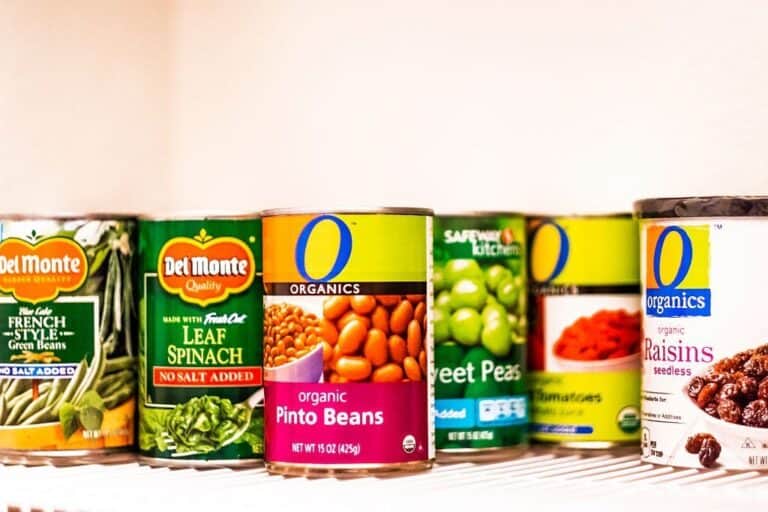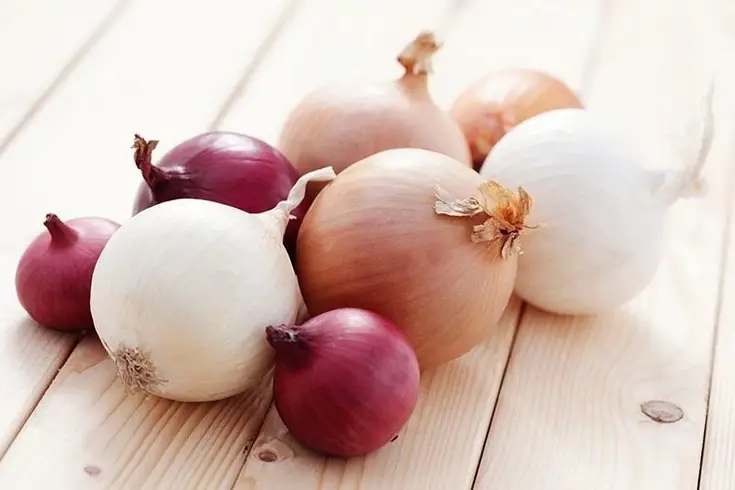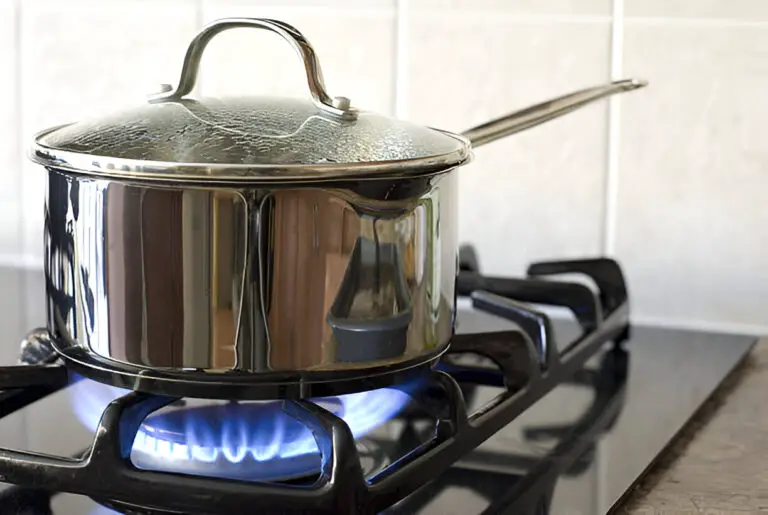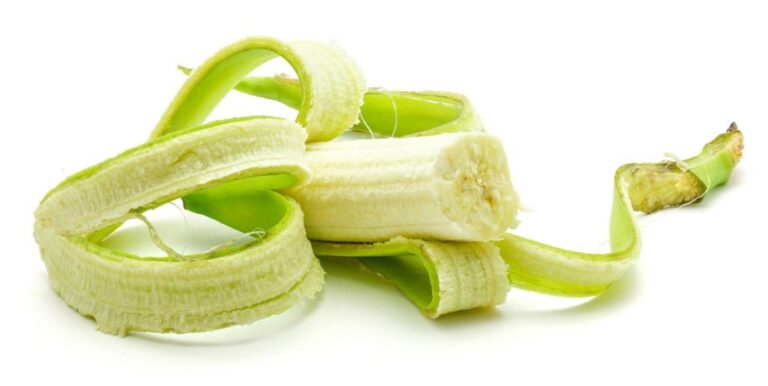Are Unopened Expired Bread Crumbs Safe to Eat? The Facts Explained
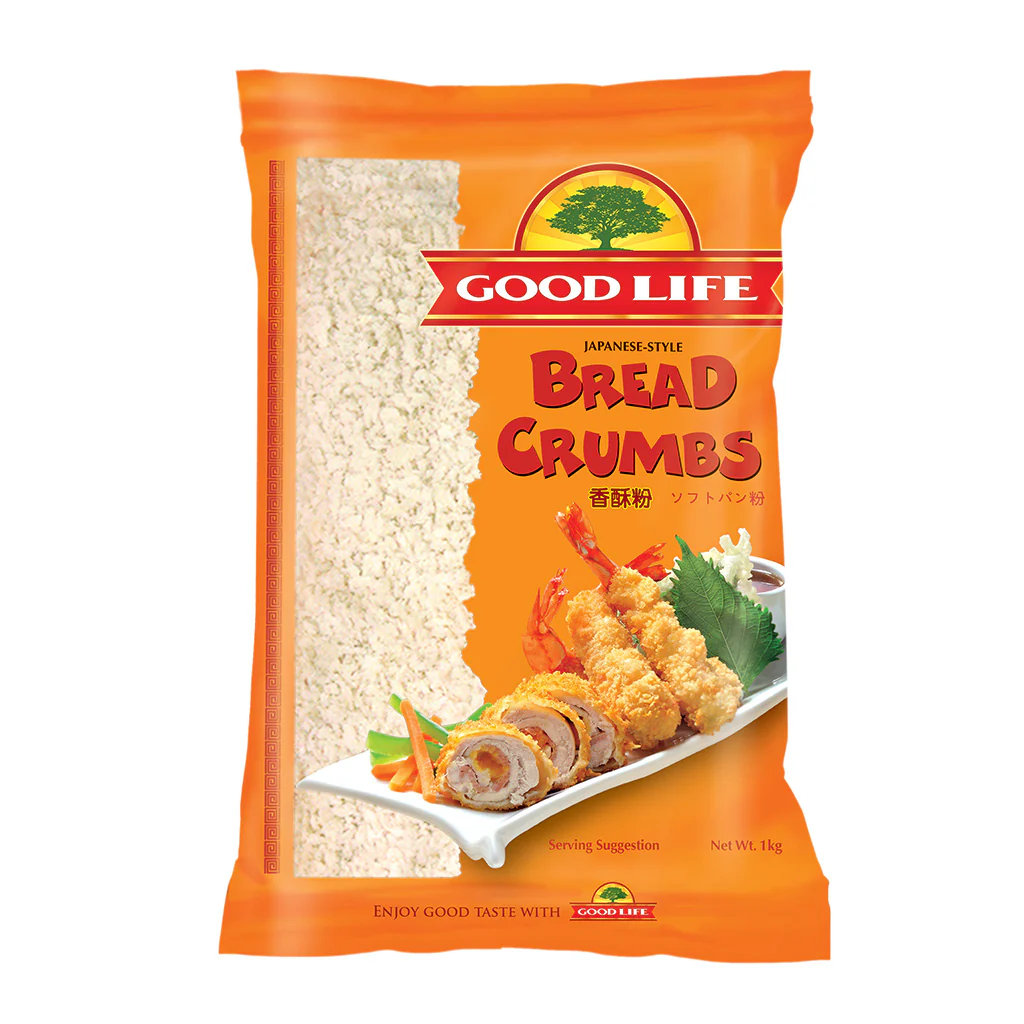
We’ve all been there—standing in the pantry, staring at that box of bread crumbs. They’ve been sitting there for who knows how long, but they’ve never been opened. You check the date, and it hit its expiration months ago. The question inevitably pops into your mind: “Are these expired bread crumbs still safe to eat?” It’s a small dilemma, yet one that nags at you, especially if you’re midway through prepping a meal.
I found myself in this very situation not too long ago. With the chicken breaded and ready to go, I reached for the trusty bread crumbs in the back of my cupboard. But, I saw that dreadful “expired” date. Panic? A little. But I didn’t toss them right away. Instead, I dug around. I learned a lot about unopened, expired bread crumbs. Did they really need to be tossed?
What Does the Expiration Date Really Mean?
Before jumping to conclusions, let’s first talk about expiration dates. Contrary to popular belief, expiration dates aren’t always a hard stop for a food’s usability. With bread crumbs, the date printed on the box usually serves as a “best by” date, rather than a strict expiration date.
It means the manufacturer guarantees the product’s flavor and quality until that date. It does not guarantee the product won’t go bad at midnight on that date.
In fact, unopened bread crumbs, if stored properly, often remain safe beyond their printed date. I’ve found that pantry staples like these have surprising longevity, thanks to their low moisture content and minimal fat.
The Tell-Tale Signs of Spoiled Bread Crumbs
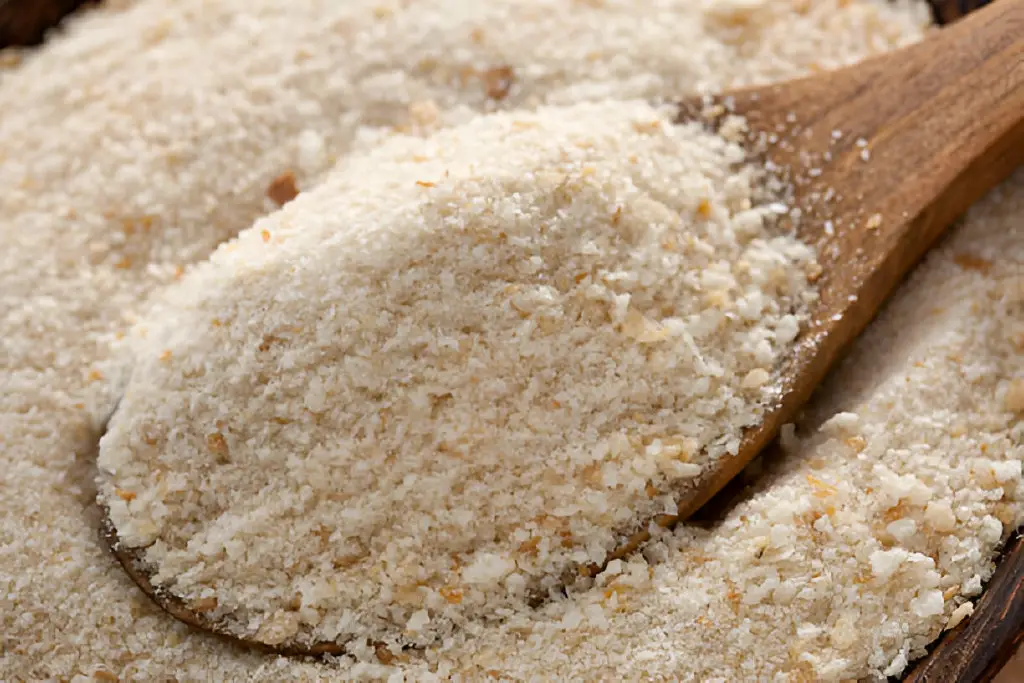
Even though bread crumbs can last beyond their date, that doesn’t mean you can ignore signs of spoilage. Here’s what I look out for:
- Smell – Give it a whiff. Bread crumbs that have gone off will often smell musty or sour. If you detect anything unpleasant, it’s time to let them go.
- Texture – Fresh bread crumbs have a dry, light feel. If the crumbs clump together or feel moist, that’s a red flag.
- Color – A change in color is another sure sign that the bread crumbs are past their prime. If they’ve taken on a different hue, be wary.
Here’s a quick table of the spoilage signs you should check for:
| Spoilage Sign | What to Look For | Safe or Toss? |
| Smell | Musty or sour odor | Toss |
| Texture | Clumping or moist feel | Toss |
| Color | Dark or changed color | Toss |
If you check your unopened bread crumbs and they seem normal—no weird smells or textures—you’re likely in the clear. But what about their effectiveness?
Do Expired Bread Crumbs Lose Their Crunch?
The true beauty of bread crumbs lies in their texture. When I coat my chicken with them, I expect a satisfying crunch once cooked. So, when bread crumbs expire, even if they’re safe, do they lose their ability to crisp up in the oven or fry pan?
Here’s the lowdown: as bread crumbs age, they can lose some of their freshness. While this may not make them unsafe to eat, it could result in a less-than-ideal crunch factor. If you’ve got an expired batch, I suggest baking them for a few minutes to dry them out again before using them. This can help restore some of that lost texture. It’s a little trick that has saved me from wasting more than one box of “expired” bread crumbs.
| Read: Can You Eat Expired Bread Crumbs? |
How Long Do Bread Crumbs Really Last?
Unopened bread crumbs can last up to six months past the printed date. They may last even longer if stored in a cool, dry spot. Temperature and moisture are key factors in keeping bread crumbs fresh. I keep mine tightly sealed in the pantry, away from direct sunlight and humidity.
Here’s a simple guide on storage and shelf life:
| Storage Method | Shelf Life (Past Expiration) |
| Pantry (unopened) | 6-12 months |
| Pantry (opened, sealed) | 3-6 months |
| Freezer (sealed) | 12+ months |
Freezing bread crumbs is a game changer for those of us who don’t use them frequently but want to keep them fresh. Simply seal the unopened package or transfer the crumbs to a freezer-safe bag, and they’ll last for up to a year or more. Just thaw them in the fridge when you’re ready to use them, and they’ll perform just like new.
Best Practices for Using Older Ingredients
Using older ingredients can be a culinary adventure, turning potential waste into creative dishes. For expired breadcrumbs, use them in recipes. Their aged texture can add a unique crunch. For example, use them as a casserole topping. Or, mix them into meatballs. They’ll soak up moisture and add a dense, delicious texture.
If the breadcrumbs are stale but not spoiled, there are ways to revitalize them before use. Simply spread them on a baking sheet and toast them lightly in the oven at a low temperature. This process will restore some of their crispness and enhance their flavor. You can also add fresh herbs, cheese, or spices to the breadcrumbs. This will make them a flavorful addition to your dishes.
Revitalizing old ingredients like breadcrumbs cuts waste. It also sparks creativity in the kitchen. By learning to use and refresh these ingredients, you can extend their life and unlock new culinary possibilities. This approach not only saves money but also helps you create delicious, resourceful meals.
When Should You Toss Them?
So, what about those instances where you should toss expired bread crumbs? Here’s my rule of thumb: when in doubt, throw it out. No recipe is worth the risk of a foodborne illness. If the crumbs have been sitting for over a year, have any signs of spoilage, or simply don’t smell or look right, it’s better to be safe than sorry.
I’ve tried to use expired bread crumbs that passed the “sniff test.” But, they didn’t add the same flavor or crunch to my dish. For me, that’s a deal-breaker. After all, the breadcrumbs are there for a reason—they’re meant to elevate the dish, not drag it down.
Conclusion: To Use or Not to Use?
In the end, the decision comes down to common sense and a little bit of detective work. Unopened expired bread crumbs often remain safe to use, especially if stored correctly. However, they may not deliver the same texture and flavor as a fresh batch. If you’ve checked for spoilage signs and all seems well, I say go ahead and use them. But if anything feels off, toss them and grab a new box.
In the end, safety isn’t just about dates. It’s about knowing your food and trusting your instincts. Bread crumbs are a humble ingredient. But, they deserve their place in your pantry, free from doubt. So, go ahead, dust them off, check them out, and make that delicious breaded masterpiece.


